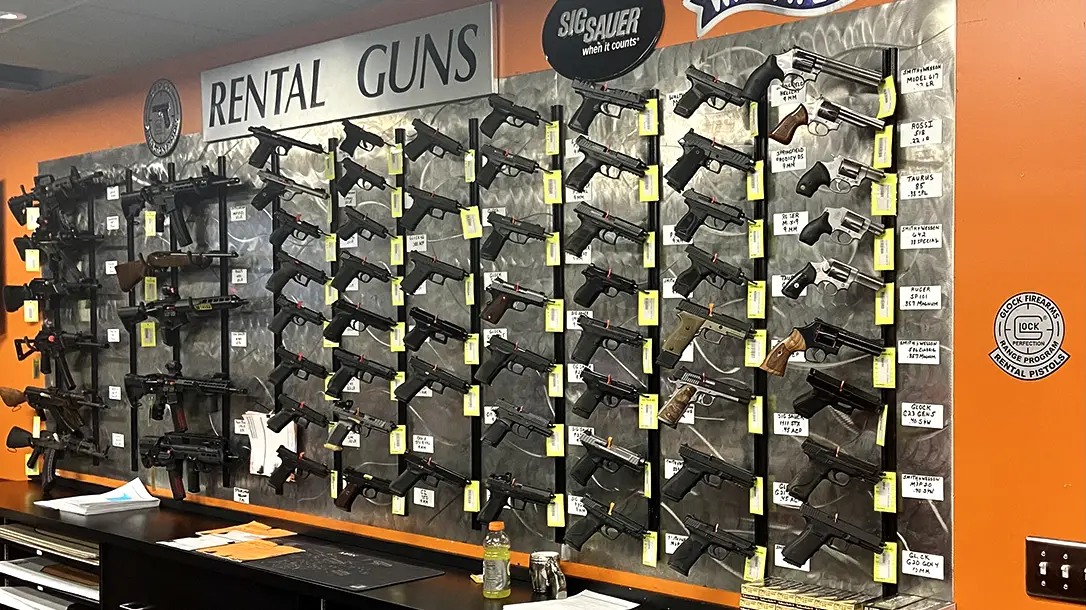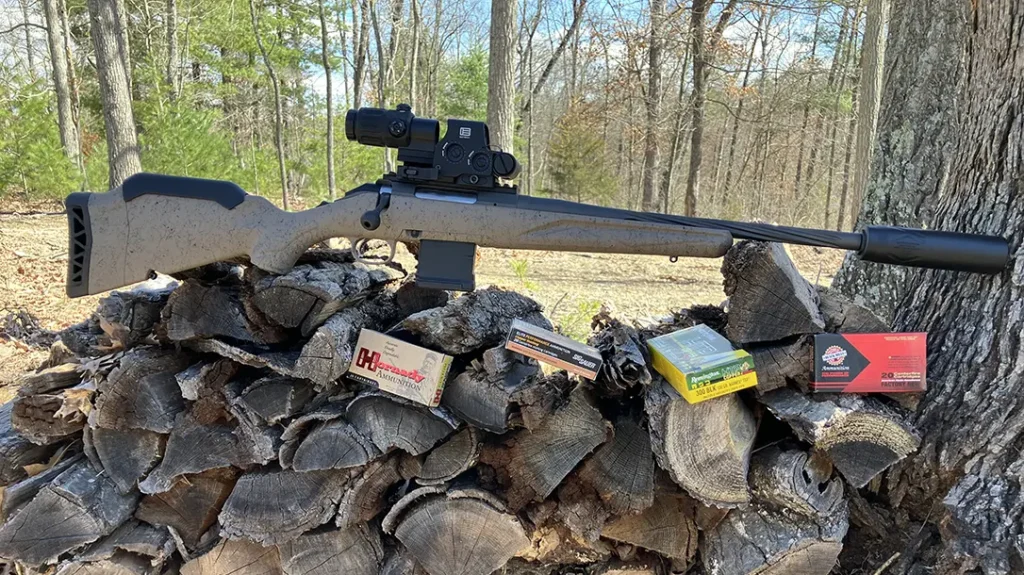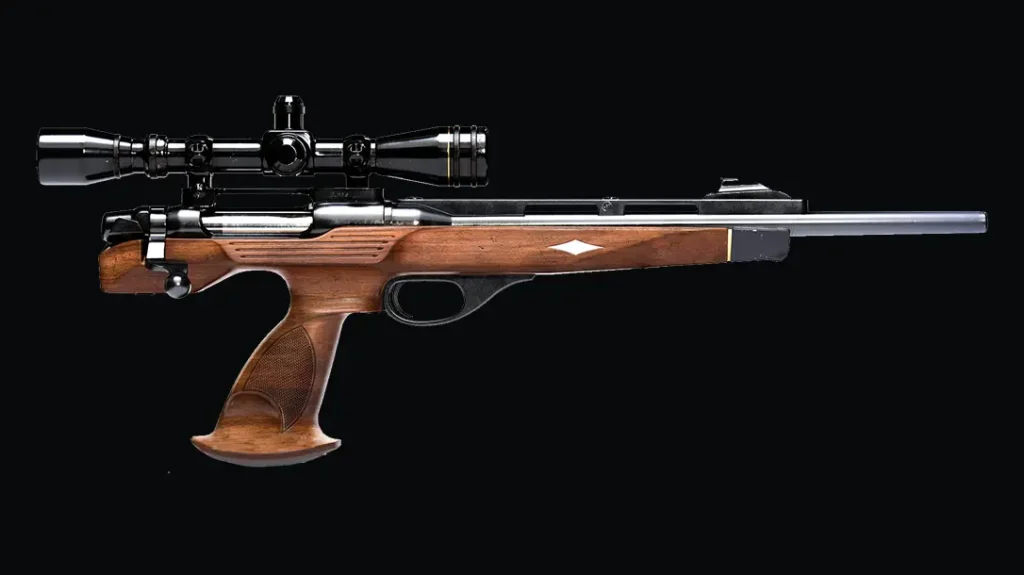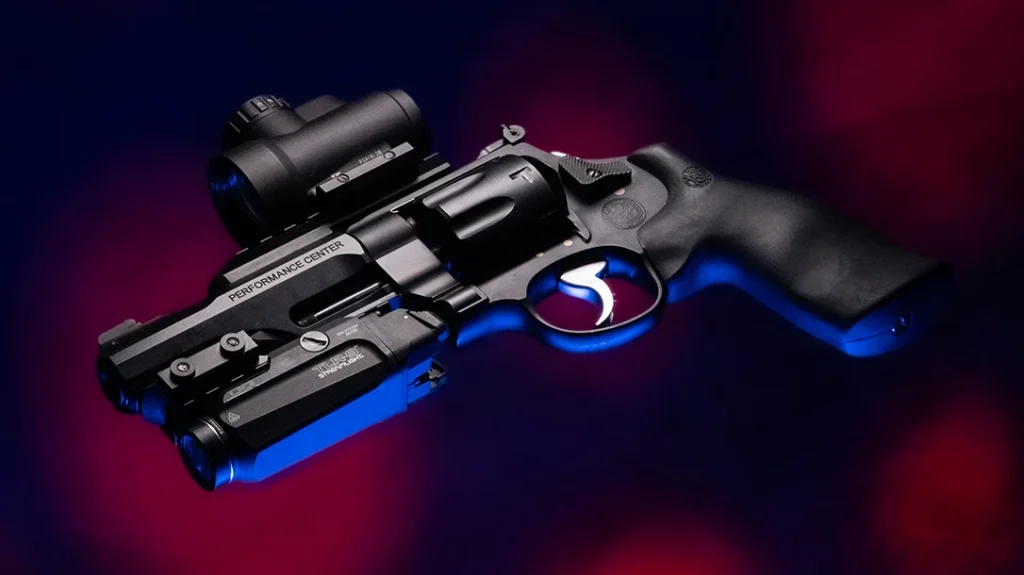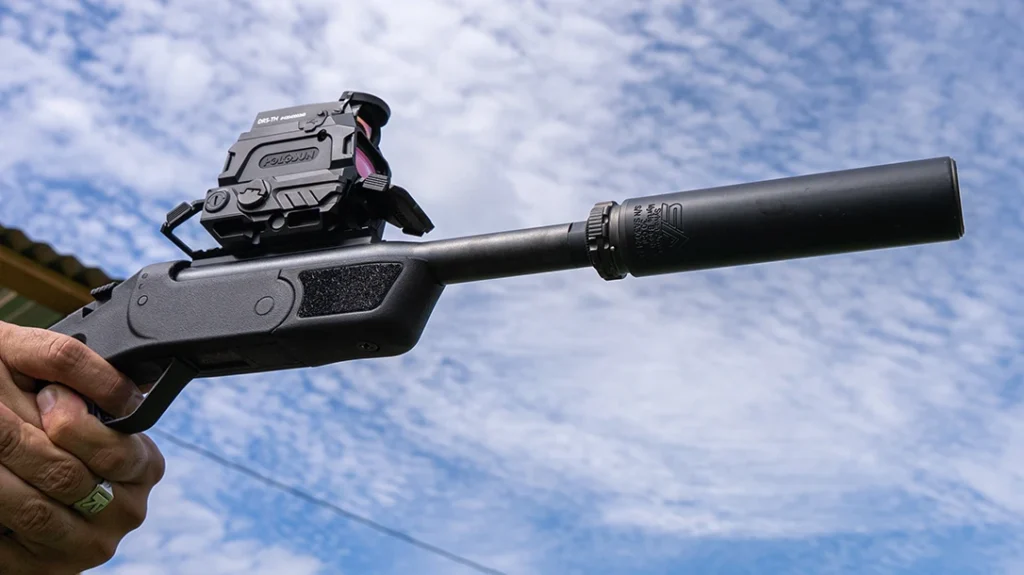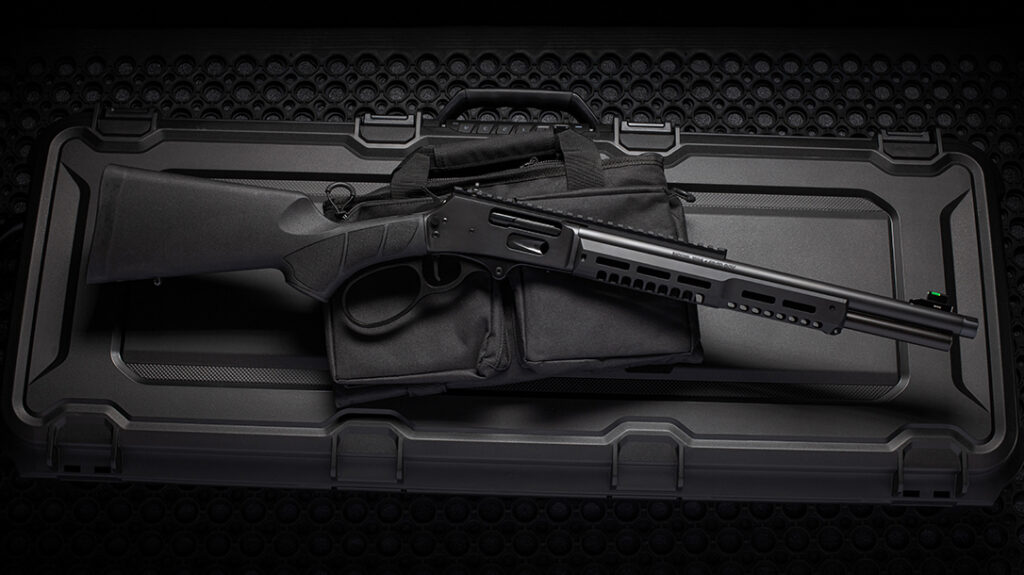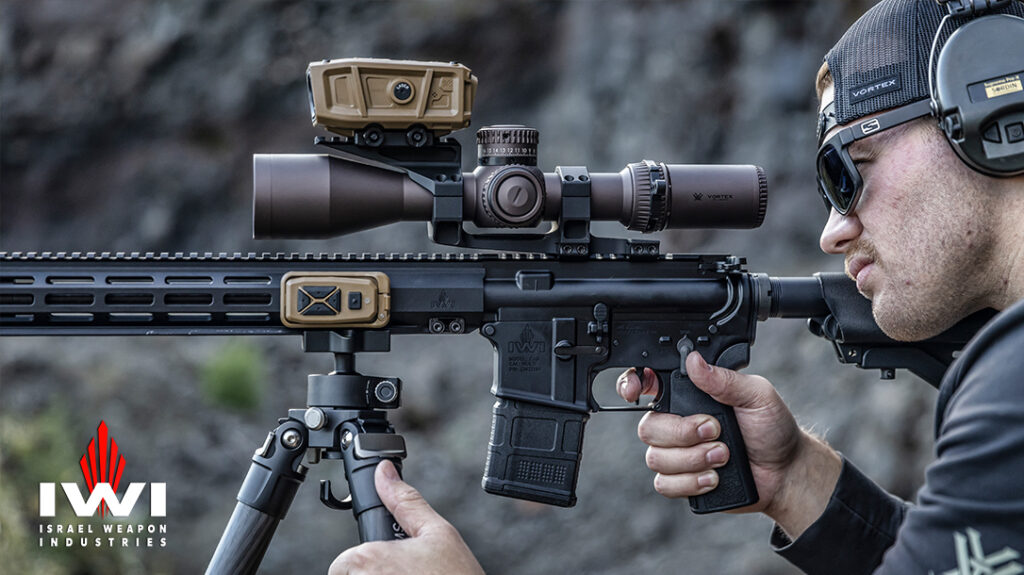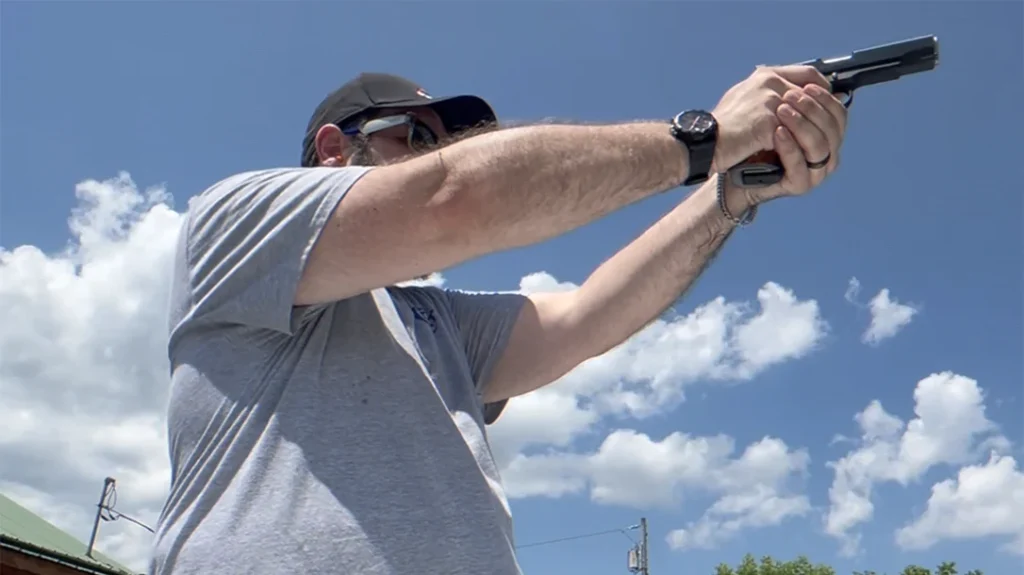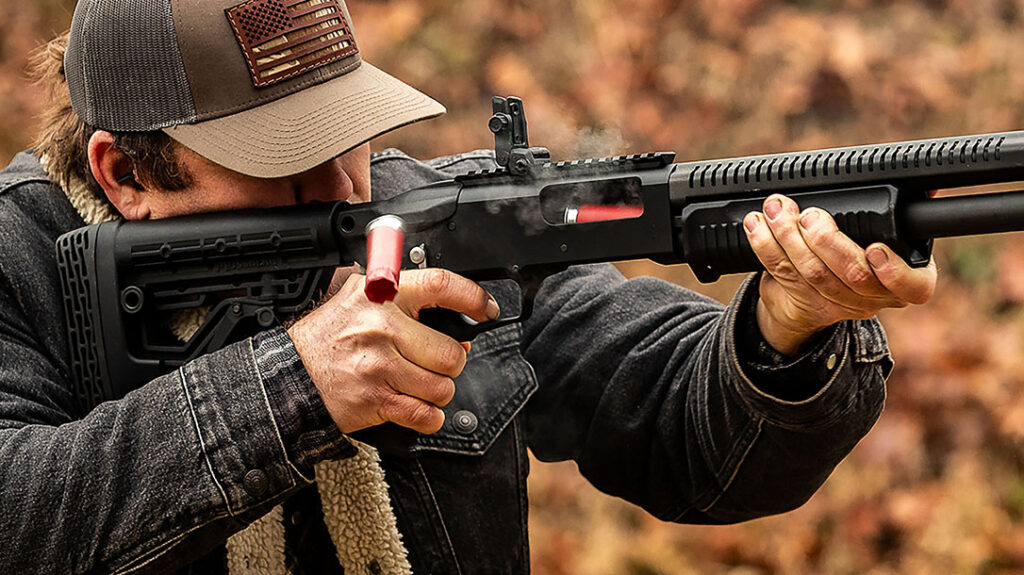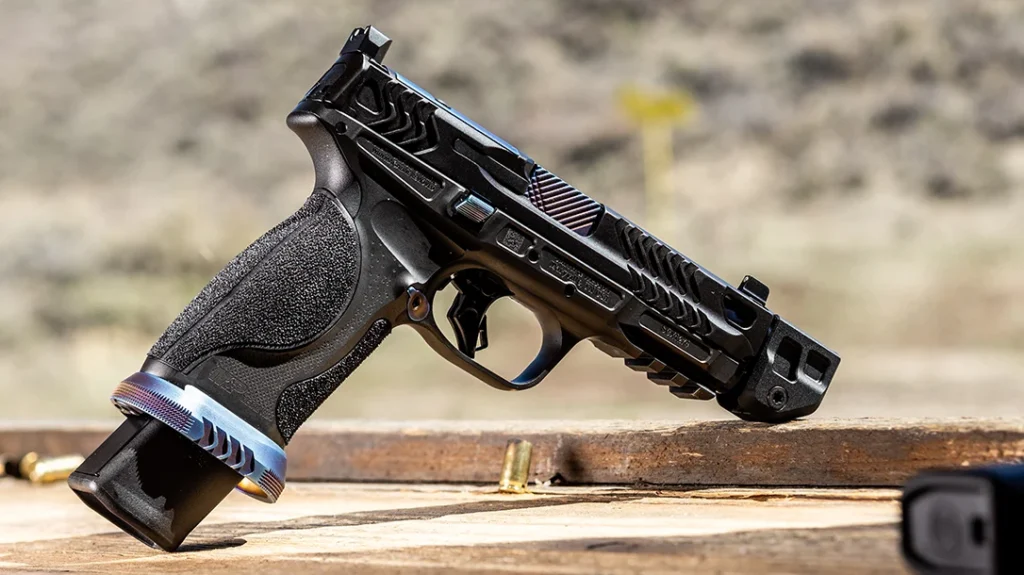What is the best handgun for everyday use? This question resonates through every gun store, training range, and online social media platforms. However, picking the right handgun is a multifaceted process that involves personal preference. In this article, we outline ten factors to consider and apply an integrative ballistics approach to refine your final selection.
What to Look for When Picking the Right Handgun for You
If you have been shooting and carrying for any length of time, you likely have your personal answer. And that answer is just that—personal. Your choice is likely based on many experiences, including ergonomic fit, trigger feel, felt recoil, personal skill, occupational clothing demands, State laws, brand loyalty, ballistics, and many other factors.
Thus, opinions are often based on hard data such as reliability and ballistics. However, many personal experiences are still tangled up in that opinion. We are all different, with different physiologies (hand size and grip strength, for instance), different needs (State laws, different needs to conceal), and philosophy (focused on having an option versus the best possible tool for the greatest number of situations).
Advertisement — Continue Reading Below
My personal recommendation is a full-frame, larger-capacity 9mm pistol in an outside-the-waistband (OWB) holster from a reliable and proven manufacturer. However, that answer is still a personal one, based on my own evaluation of my needs. I teach a lot of classes and typically have a Gen 5 Glock 17 during class. It has a closed Holosun optic and a Streamlight rail-mounted flashlight holstered in a Crossbreed OWB holster.

When asked what I would recommend, I am careful to say that my selection is based on my needs, expectations, and skills. I strongly believe that the best handgun is the one you will train with regularly. Likewise, it must fit your everyday carry needs and function well if needed.
Advertisement — Continue Reading Below
So, I think the answers to questions about the best everyday gun, caliber, size, and carry method are personal choices. Outside of safety and general reliability, individuals are going to come to different conclusions about what works for them.
Ten Factors in Deciding What is Best for You
There are several reasons to choose a specific handgun for everyday carry. Many of these factors are antagonistic, meaning that if one factor is important, it may compromise the effectiveness of another factor. For instance, the larger the size, the greater the capacity (generally), but the harder it will be to conceal.

Advertisement — Continue Reading Below
Larger caliber often results in lower capacity. The lower the cost, the greater the possibility of lower levels of reliability and fit. What follows is my personal list of factors to use when selecting what is right for you.
- Need for Concealment: How important is being able to conceal the firearm to you? This will be impacted by your State’s laws, your style of dress, and the need to deeply conceal. The more important this is to you, the more likely size and concealability will become driving factors in your choices.
- Reliability: Does the gun fire every time the trigger is pressed, without malfunctions? Any firearm can be induced into some form of malfunction. But if you are skilled in its use, how often are there mechanical issues? Does the firearm have a proven track record of reliable use? Has it been in widespread use for a longer period of time? Has it seen use as a duty gun in various law enforcement and military agencies?
- Safety: Does the firearm have a clean record of safety? Perhaps more importantly, do you feel comfortable regularly carrying the gun in your chosen carry method?
Determining the Right Size

- Ergonomic Fit: Does the gun fit your hands? Do the sights present naturally to your line of sight? Does the gun feel balanced and natural when you handle it?
- Capacity: How many rounds does the gun hold? Do you plan to potentially reload, and if so, can you easily carry extra magazines? The rule here is how many other factors you will be prepared to address, however unlikely. The larger the capacity, the more situations you are prepared for.
Understanding the Role Ammo Plays in Your Handgun Selection

Advertisement — Continue Reading Below
- Caliber: What are the ballistics of the rounds carried? Ballistics can include potential stopping power, penetration, over-penetration, and likely barriers. Likewise, it encompasses an antagonistic relationship with capacity (the larger the round, the fewer rounds you have available). The advice I often give is to carry the biggest round you can comfortably train with, hit consistently with, and shoot at an appropriate rate.
- Brand: Brand name can often be seen as a reflection of safety, reliability, fit, cost, and appearance. Most people who have been carrying for a while develop brand loyalty using the brand as a surrogate for these other factors.
Wading Through the Handgun Varieties

- Appearance: How important is the look of the gun? I will admit I own a couple of “Sunday-go-to-meeting” guns that I wear if I am more focused on making an impression than other factors. For some, appearance will be an important factor.
- Cost: In a perfect world, cost would not be an issue. However, cost can also be a proxy for reliability, fit, brand, and appearance. I often say a good everyday carry will likely cost over $400 new. There are some options less than this. However, they often have issues, especially if practiced with regularly.
- Controls/Function: Are the controls (trigger, slide lock, magazine release) easy to reach and operate?
Using these factors, you can start to see how selecting a “best” firearm becomes very situationally dependent. There is no perfect answer, and my hope is that each person works through what works best for them.
Integrating Ballistics into Handgun Selection
Unfortunately, ballistics is often discussed in isolation. Ballistics are more objective (size of bullet, speed from muzzle, power factor, depth of penetration in gel blocks). However, reliability, accuracy, ease of shooting, and even long-term maintenance issues with larger calibers are often left out of the mix when discussing ballistics.
Advertisement — Continue Reading Below
Ballistics is generally discussed in terms of power factor (a result of bullet mass and speed) and penetration (typically measured in depth of penetration of gel blocks made to replicate human tissue density).
I prefer to use a method based on capacity and emergency room data, based on physiological stops. For example, how many rounds did it take for someone to stop an attack? Divide this number by the capacity of your firearm to get an approximate total of “stops” that your gun can obtain on average.
Note, this method assumes you have the skills necessary to get good defensive hits on a threat with each shot, that you can comfortably get multiple rounds on target when needed, and that your firearm shoots reliably when the trigger is pressed.
Advertisement — Continue Reading Below
Emergency room data gathered from an article by Greg Ellifritz gives the final physiological stop tallies:
- .380 ACP = 1.76
- 9mm = 2.45
- .357 = 1.77
- .40 = 2.36
- .45 ACP = 2.08
Based on this data, a 1911 with seven rounds of .45 ACP has 3.37 stops, while a Glock 17 with 17 rounds of 9mm has 6.94 stops, compared to a SIG 238 with six rounds of .380 Auto, which has 3.41 stops.

Advertisement — Continue Reading Below
Note that emergency room data does not contain information about the skills, accuracy, or speed of the hits. It only reveals that there were defensive bullet wounds that resulted in a physiological stop.
Consider all Factors When Picking the Right Handgun for You
I strongly recommend Ellifritz’s article to those who are interested in adding real-world data into their ballistics conversations. Ballistics are a factor in carrying. However, I will parrot many other instructors when I say shot placement is more important.
Handguns make holes in threats. Honestly, at most defensive distances, the smallest round, such as the .22lr, will make a hole, though smaller than the largest (.44 magnum or 10mm, for instance).
Advertisement — Continue Reading Below
Ballistics alone are in isolation from personal skills. If I can get the same number of hits, in the same amount of time, with a smaller round and a larger round, all things being equal, I want to carry the larger round. However, how does this impact my willingness to practice and the capacity of rounds I have on hand?
There is no simple answer. There are only ways to conceptualize the factors involved and make an informed and personal decision.

